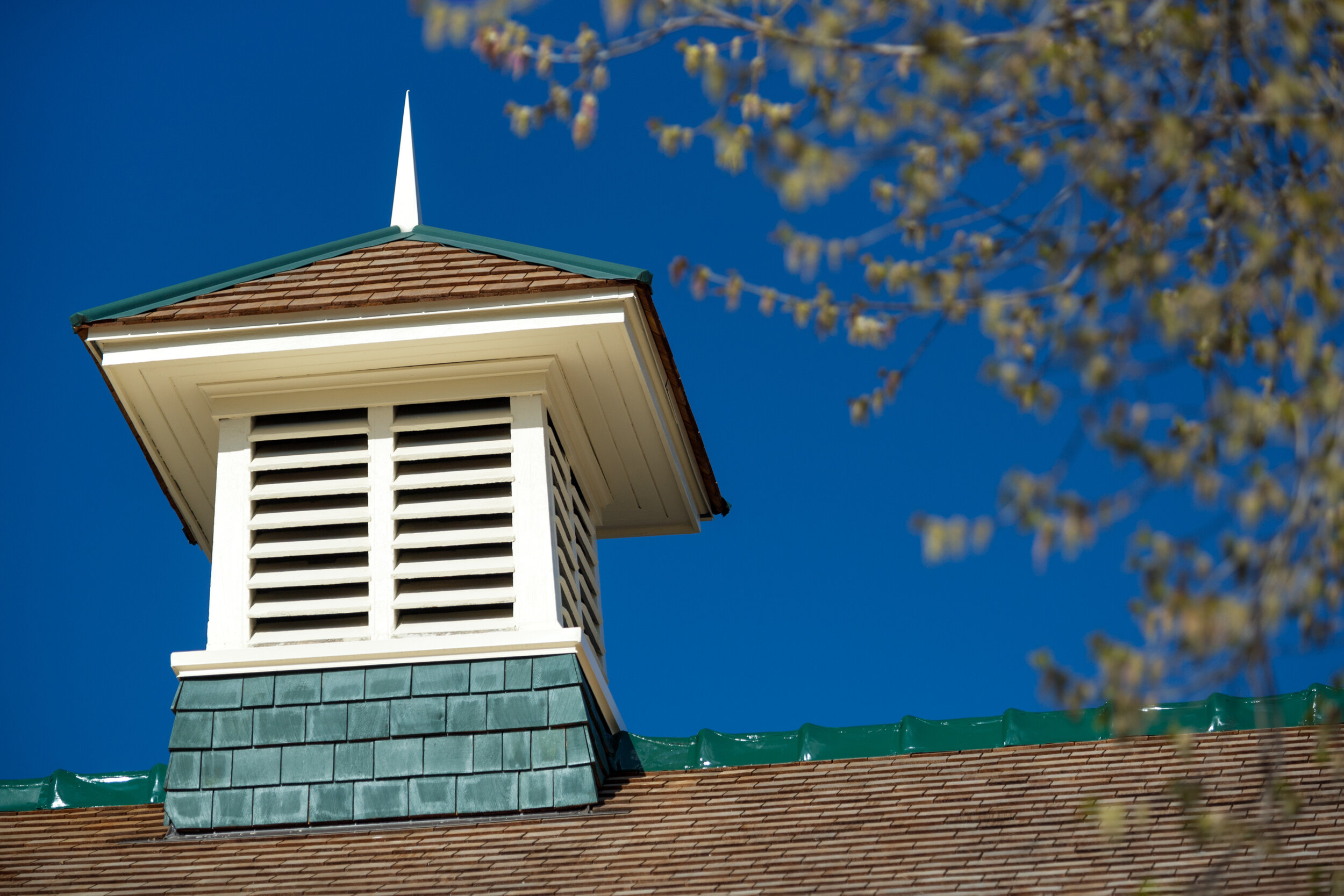
Old City Hall
Calgary City Hall, built between 1907 and 1911, is a four-storey, sandstone-clad building designed in the Richardsonian Romanesque style. The property was protected as a Provincial Historic Resource in 1978, designated a National Historic Site in 1984, and protected as a Municipal Historic Resource in 1990.
LOCATION
Calgary
PROJECT TYPE
Building Envelope Restoration
Window Restoration




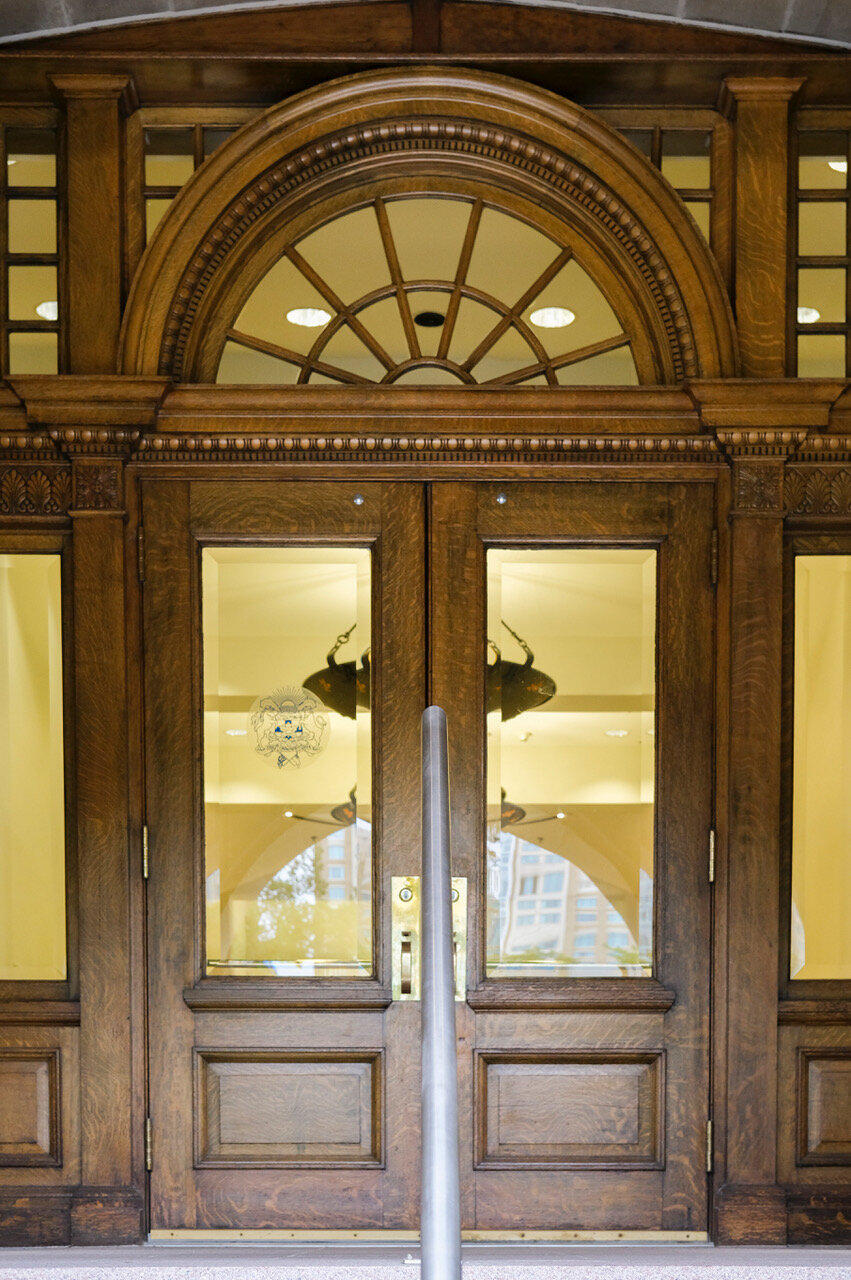
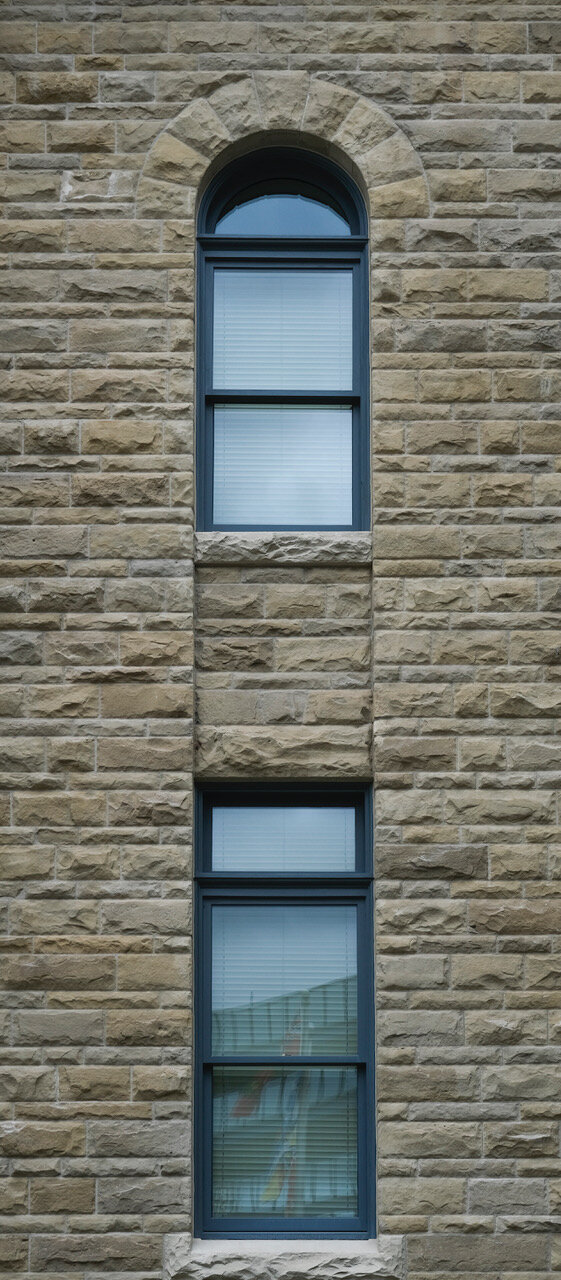
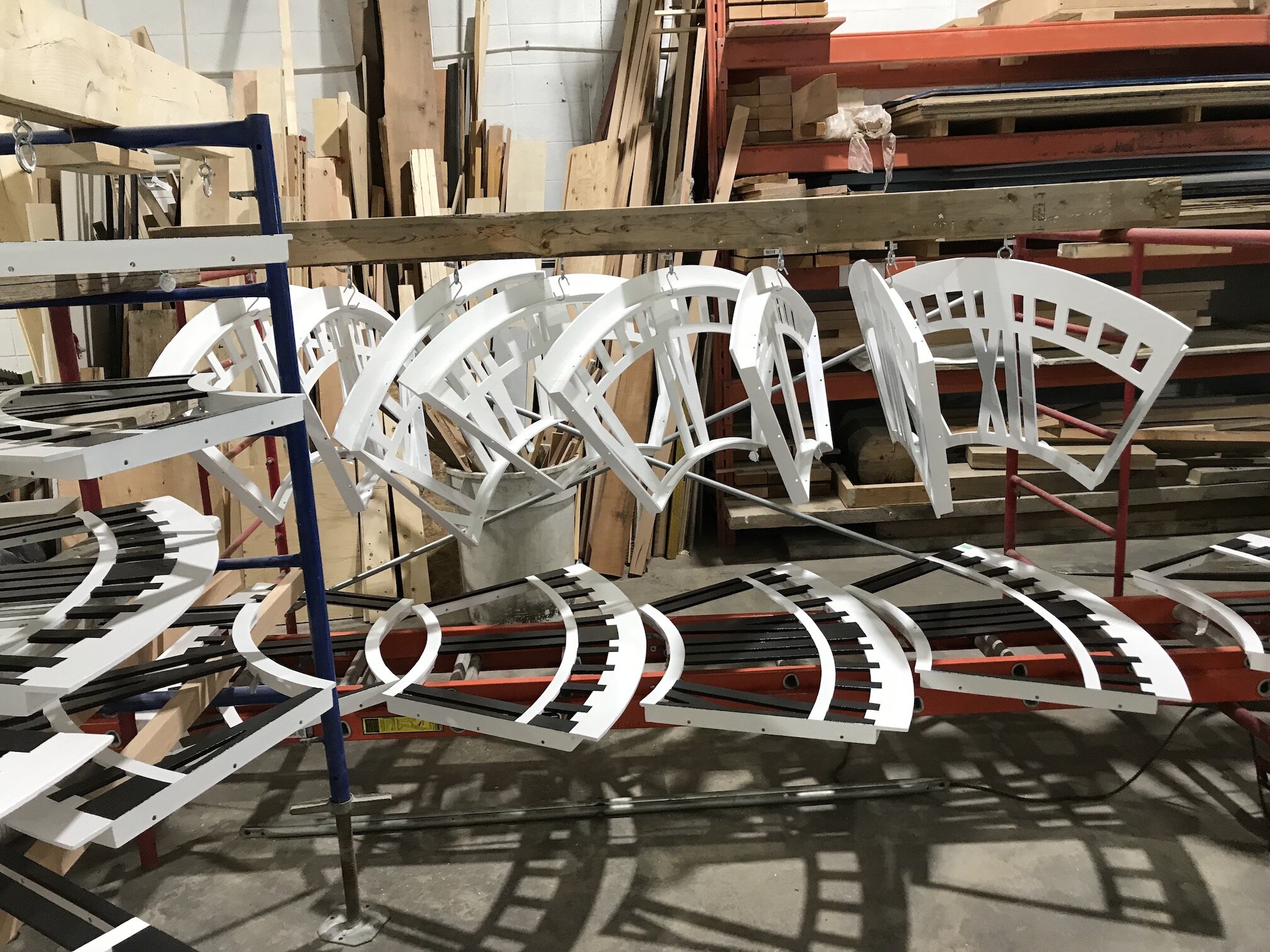


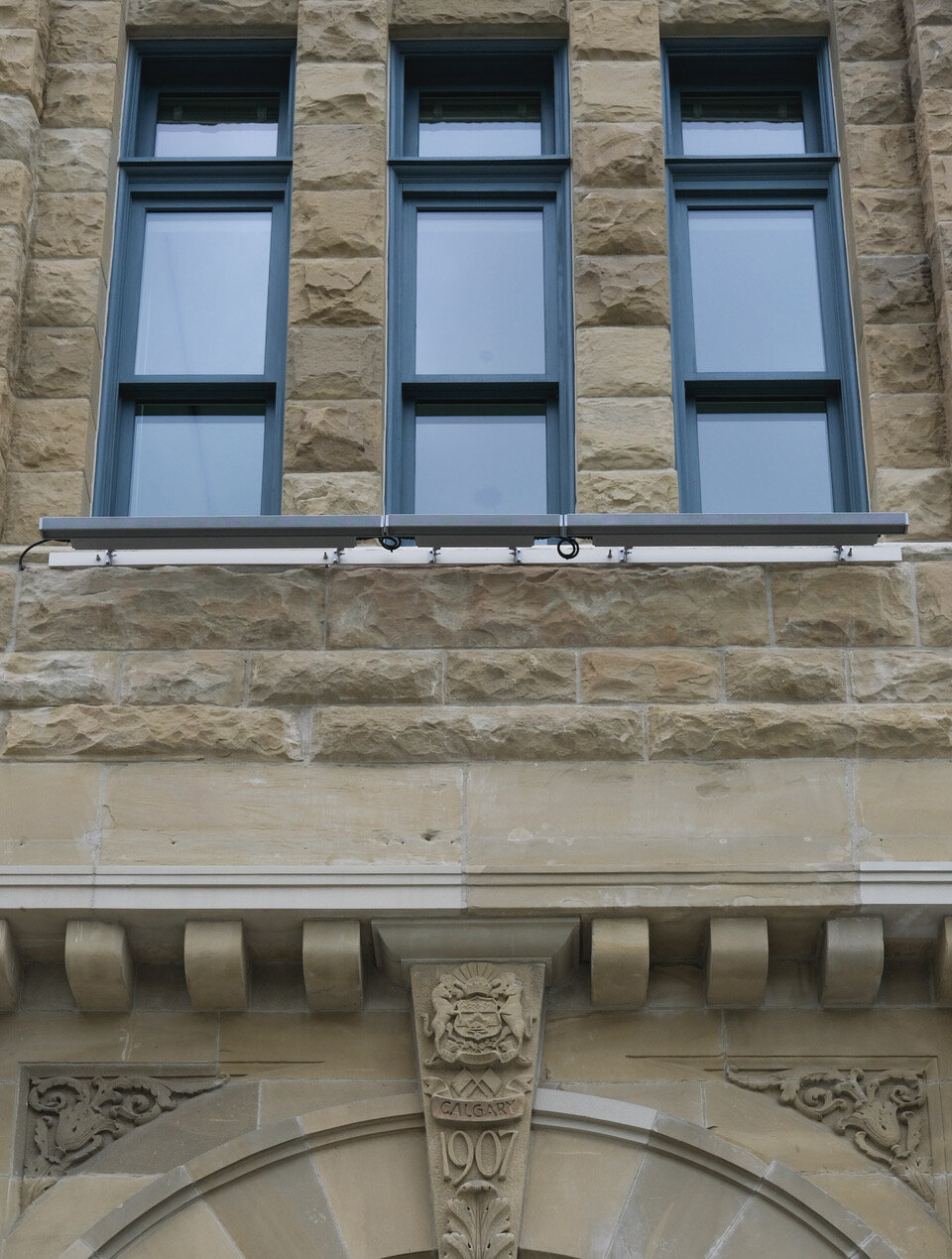
The Hunt House
This building is historically important to Calgary as the City's oldest existing dwelling on its original site. It is of provincial importance being the oldest-standing Hudson's Bay Company building in southern Alberta, and among the three oldest in the Province. Its significant associations are with the Hudson's Bay Company, the operations of the North-West Mounted Police in Calgary, and the beginning of settlement around Fort Calgary.
LOCATION
Calgary
PROJECT TYPE
Period Restoration
PRESS
CBC News - Calgary's historical buildings hide secrets
CBC News - Fort Calgary uncovers mummified rat, 1890s newspaper during Hunt House restoration
CBC News - Hunt House, oldest Calgary building on original site, set to reopen
CREB Now - Calgary’s oldest home represents important piece of Alberta’s heritage
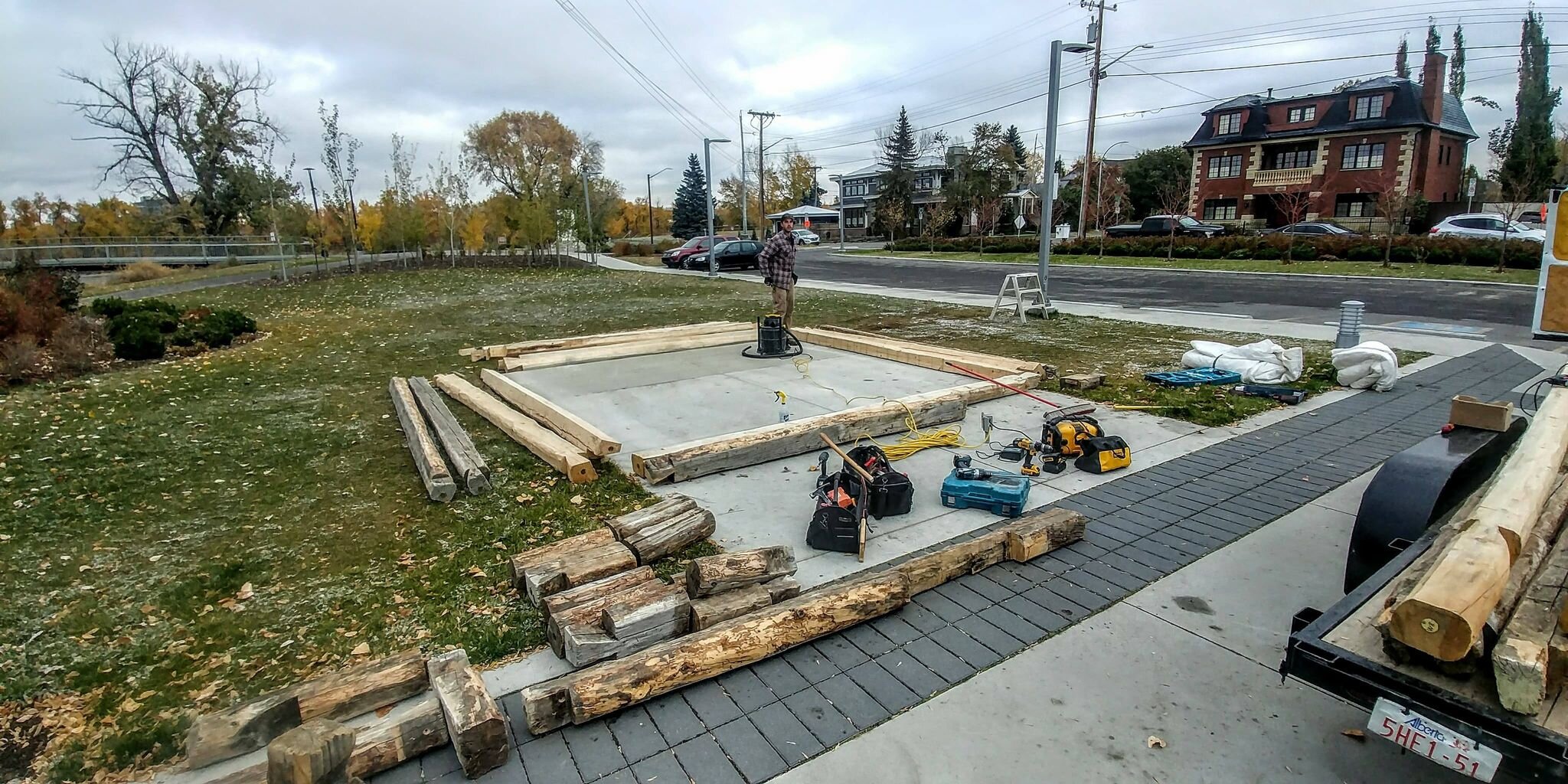
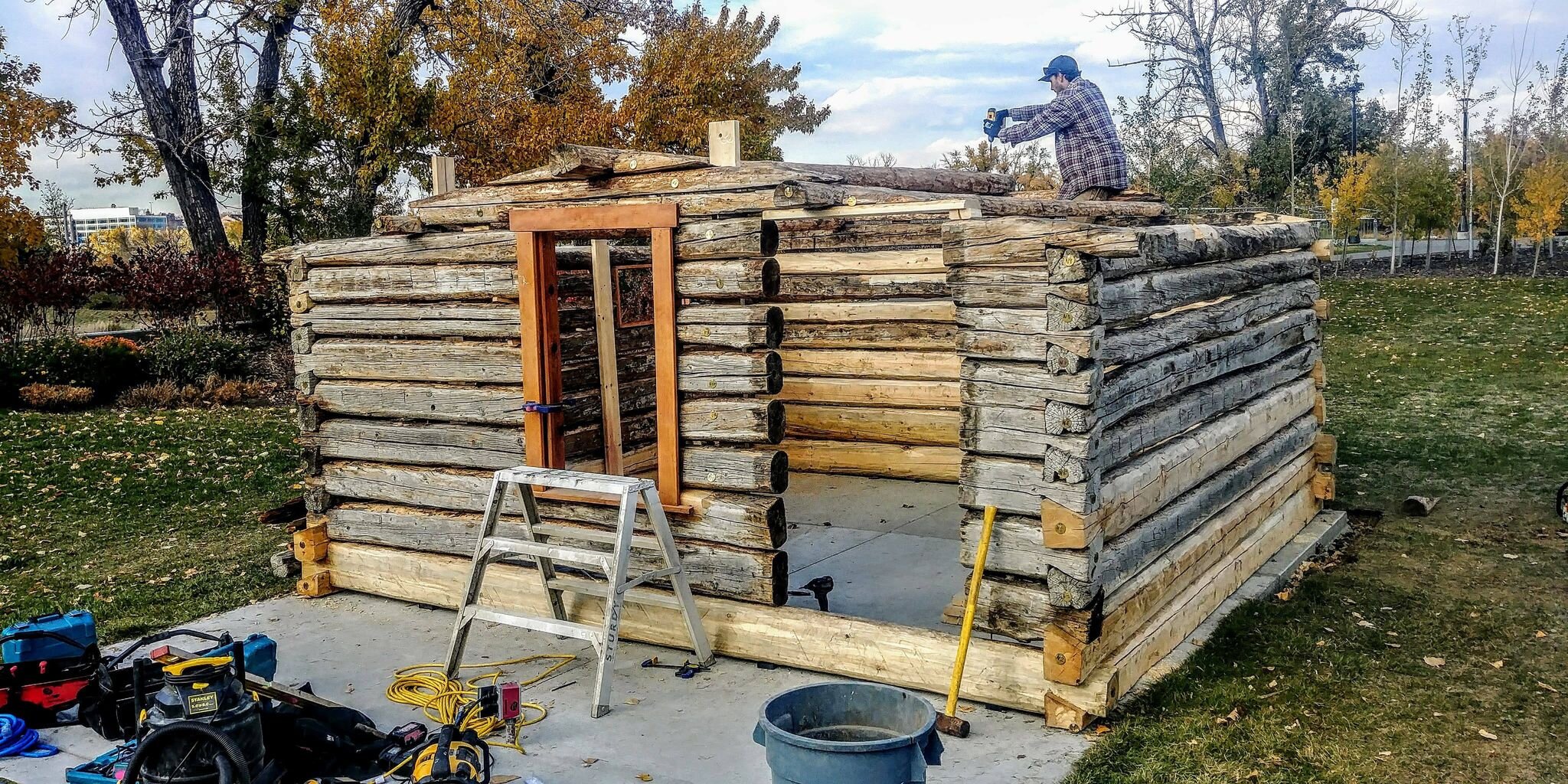
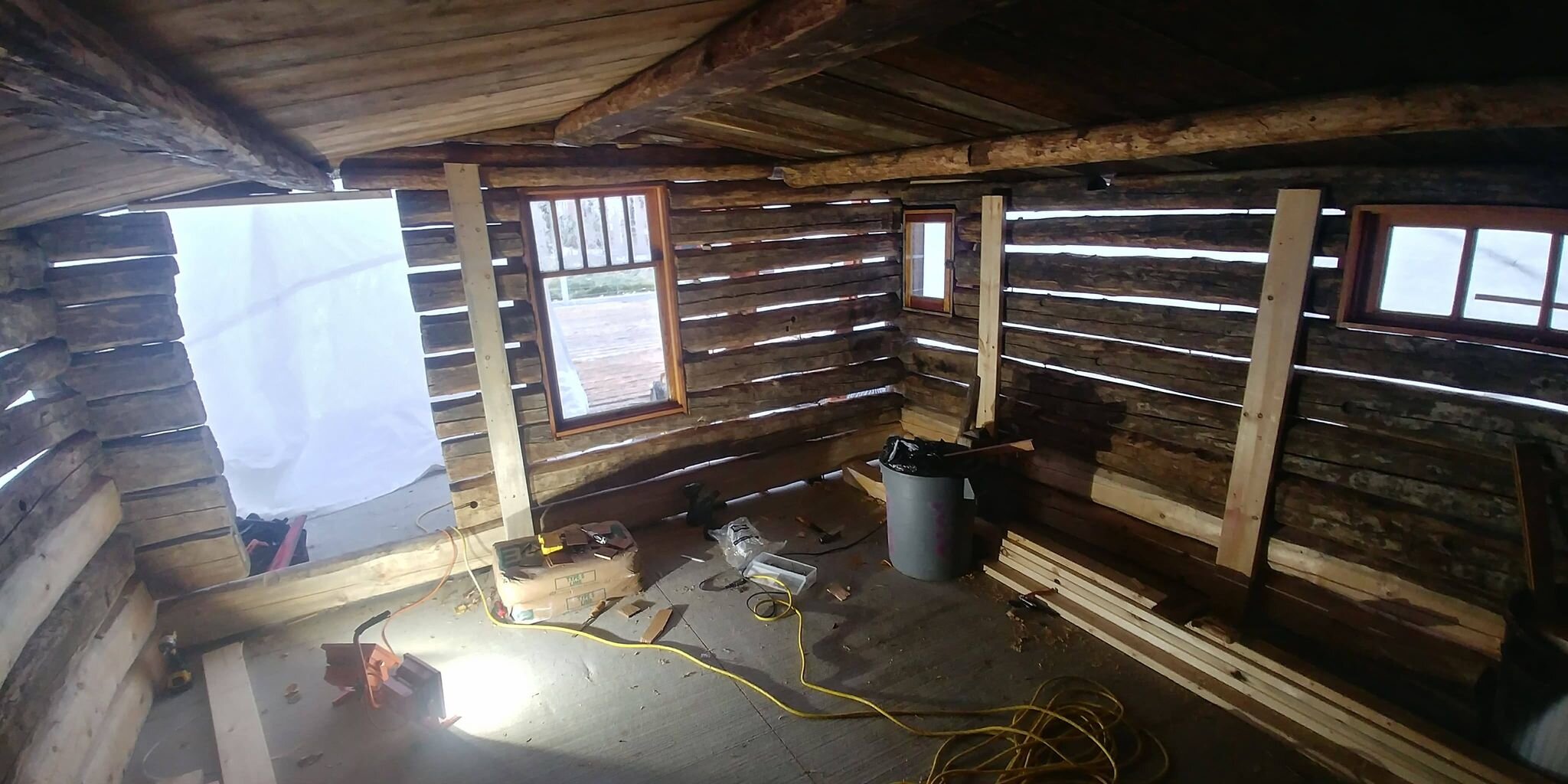

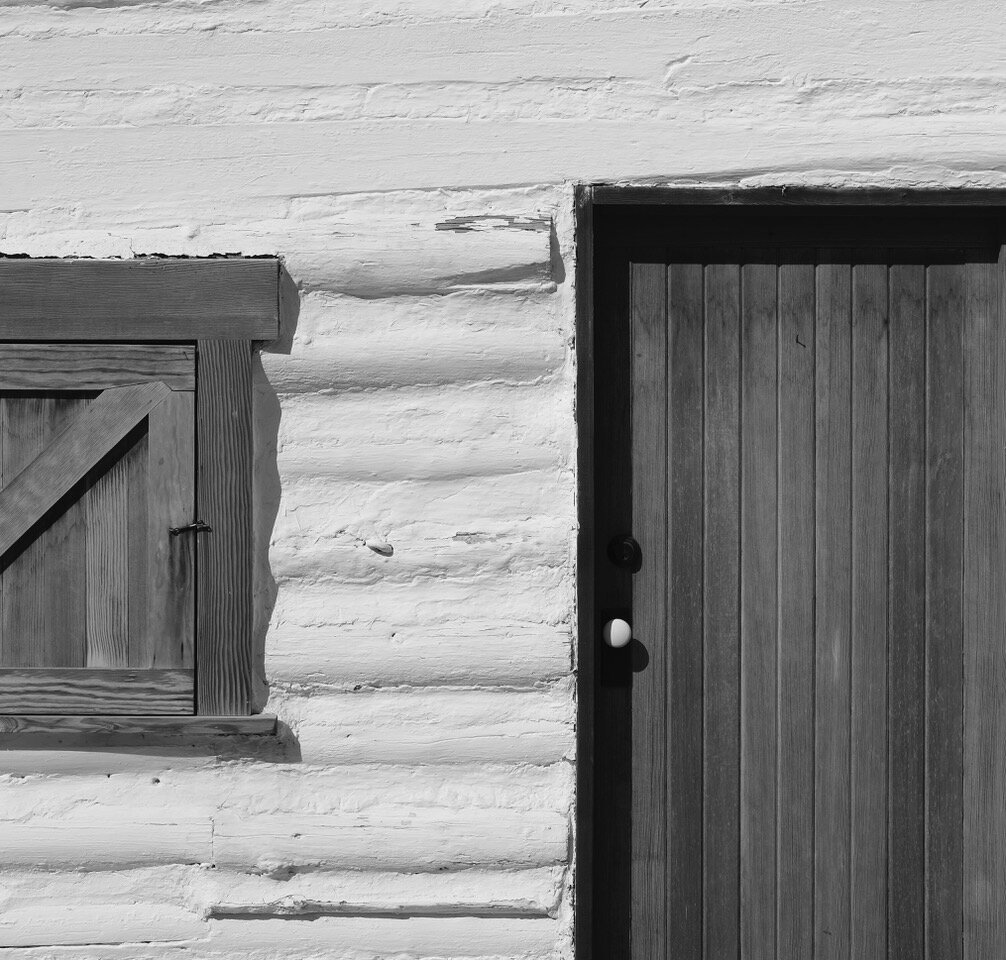
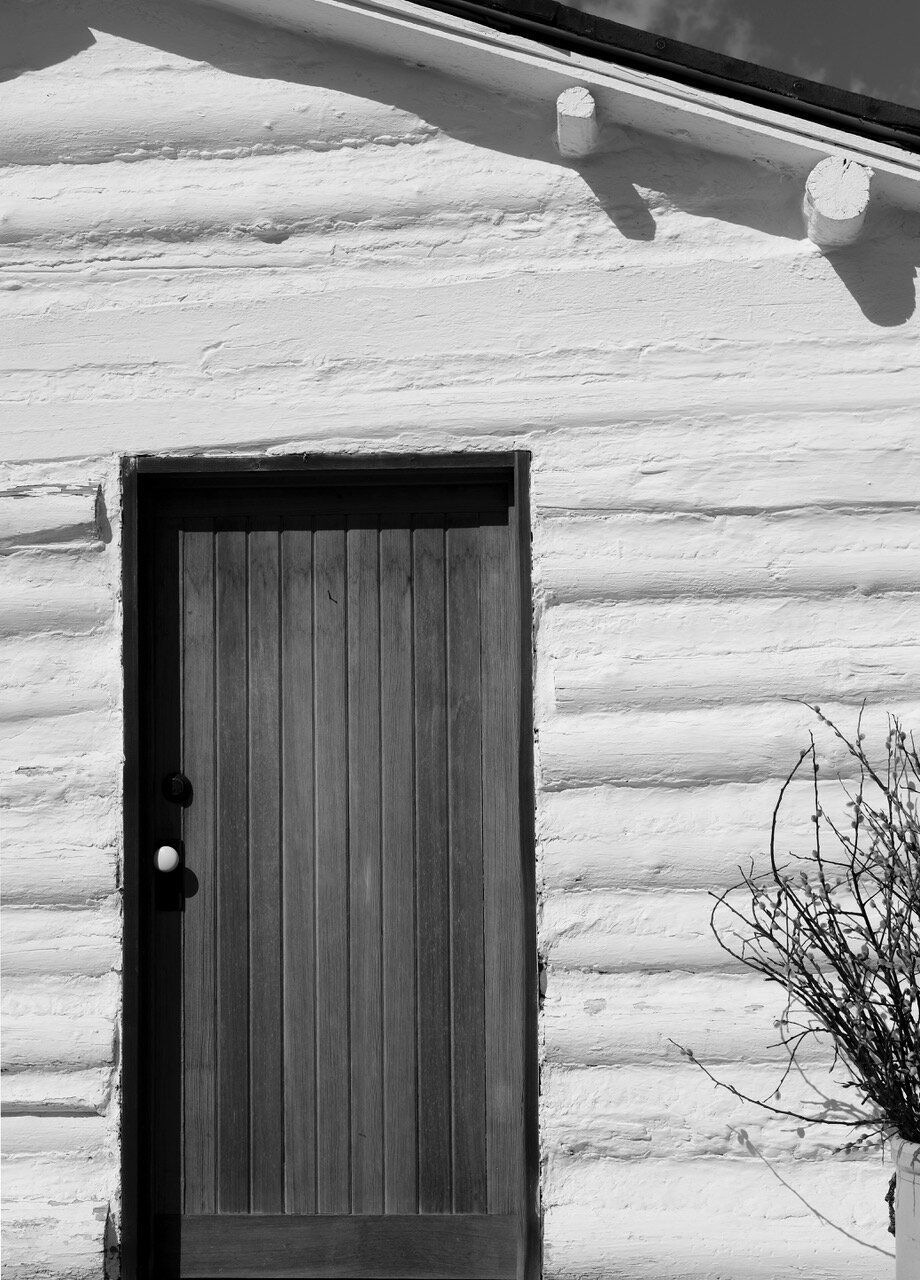
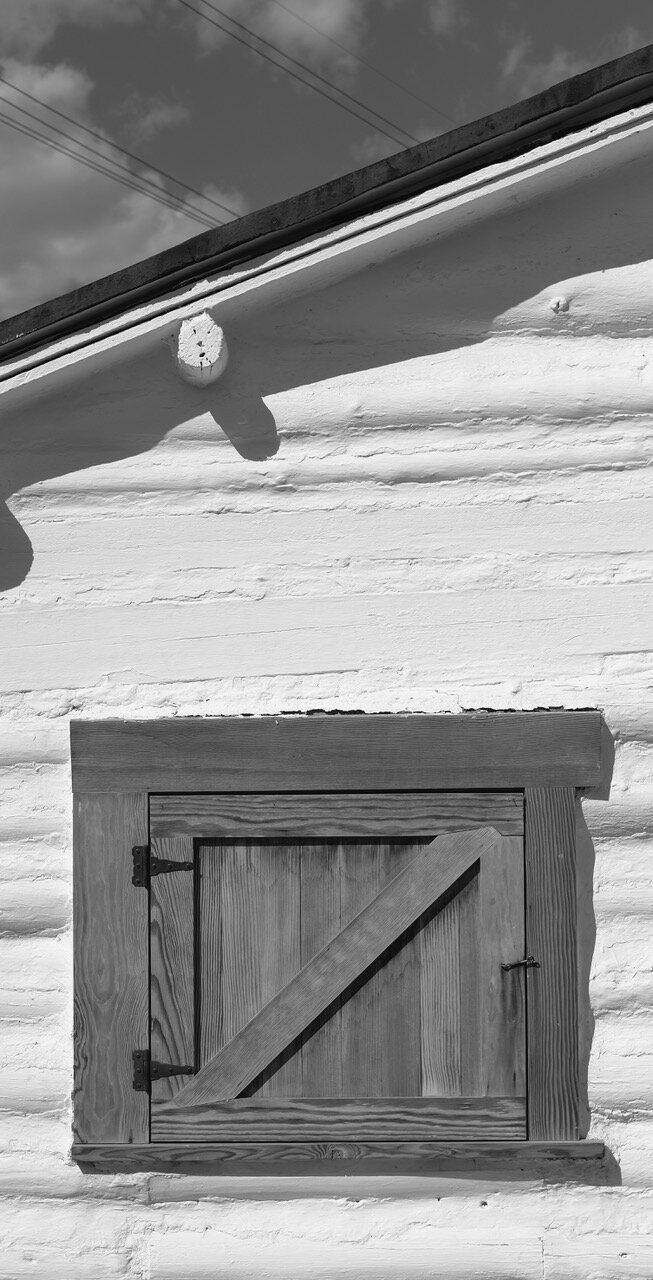
Fort Whoop-Up
The Fort Whoop-Up Archaeological Site is represented by the remains of an early historic 'whisky fort', located 6 km SW of Lethbridge on a low north facing terrace of the Oldman River, just west of its confluence with the St. Mary River. The heritage value of the Fort Whoop-Up Archaeological Site lies in its status as the earliest, largest and one of best known American whisky trading posts in southern Alberta.
LOCATION
Lethbridge
PROJECT TYPE
Period Restoration
PRESS
Lethbridge News - Public invited to help restore Fort Whoop- Up at “chinking and daubing” workshop
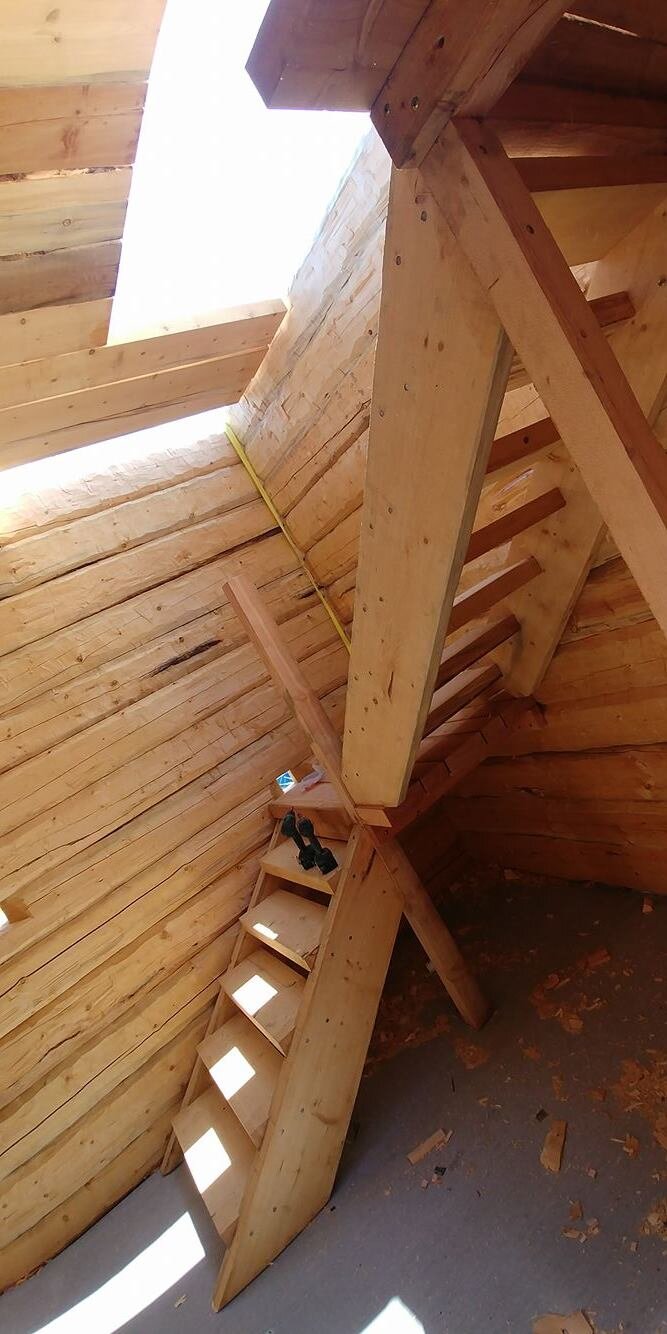
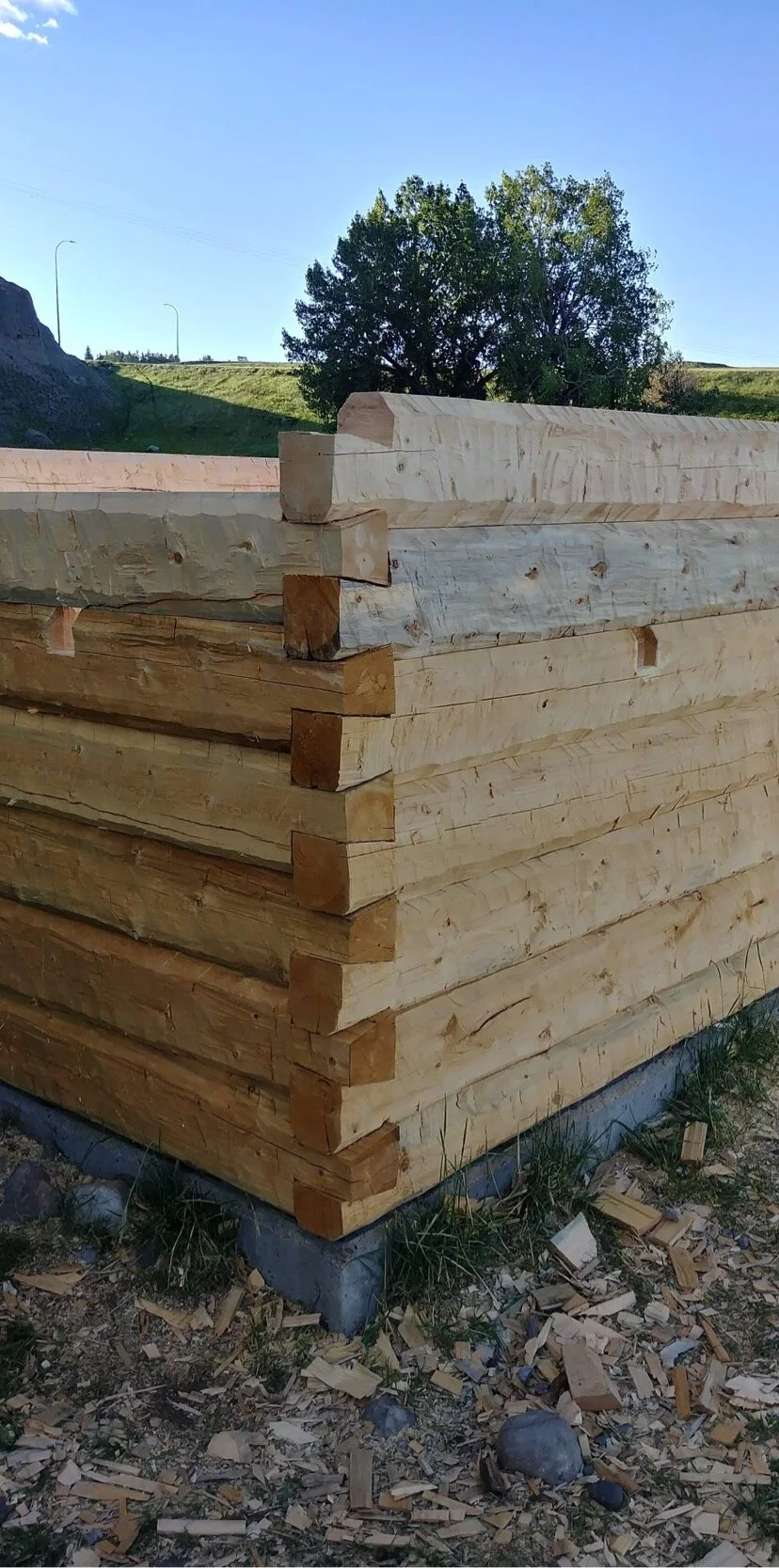


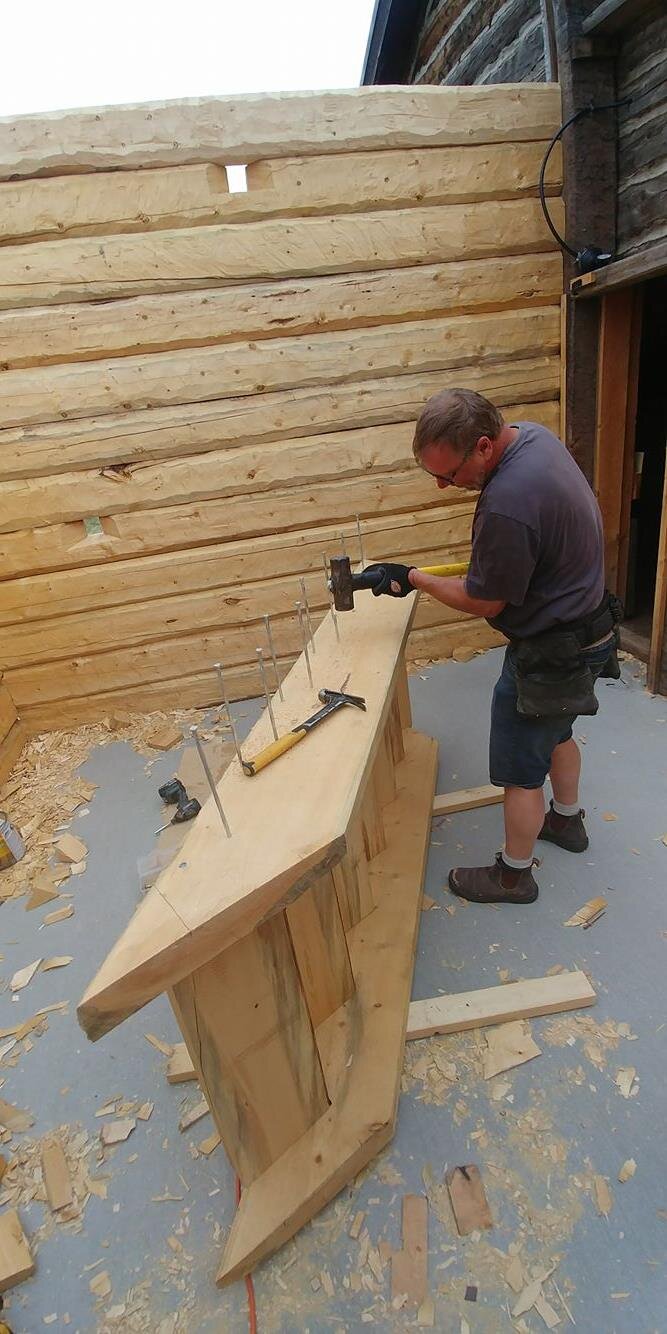
McDougall United Church
On the 1A Highway between Cochrane and Banff, there stands a Church surrounded by natural grassland. This is the site of Southern Alberta’s first pioneer settlement, Morleyville. The Church was the heart of that settlement and Morleyville was the centre for over 200 people.
A powerful reminder of their Western heritage and values, the church tragically burned down in May 2017. The Provincial Government approved the restoration of this historic site in 2018, and the restoration of the Church was completed in March 2021.
LOCATION
MD of Bighorn
PROJECT TYPE
Period Restoration
PRESS
CBC News - Church restoration after fire illustrates difficult path to reconciliation for Alberta's Stoney people
CTV News - Plans underway to restore Historic McDougall Memorial United Church
RMO - McDougall Church begins process of rebuilding
Global News - Historic church west of Calgary gets government approval to restore and rebuild

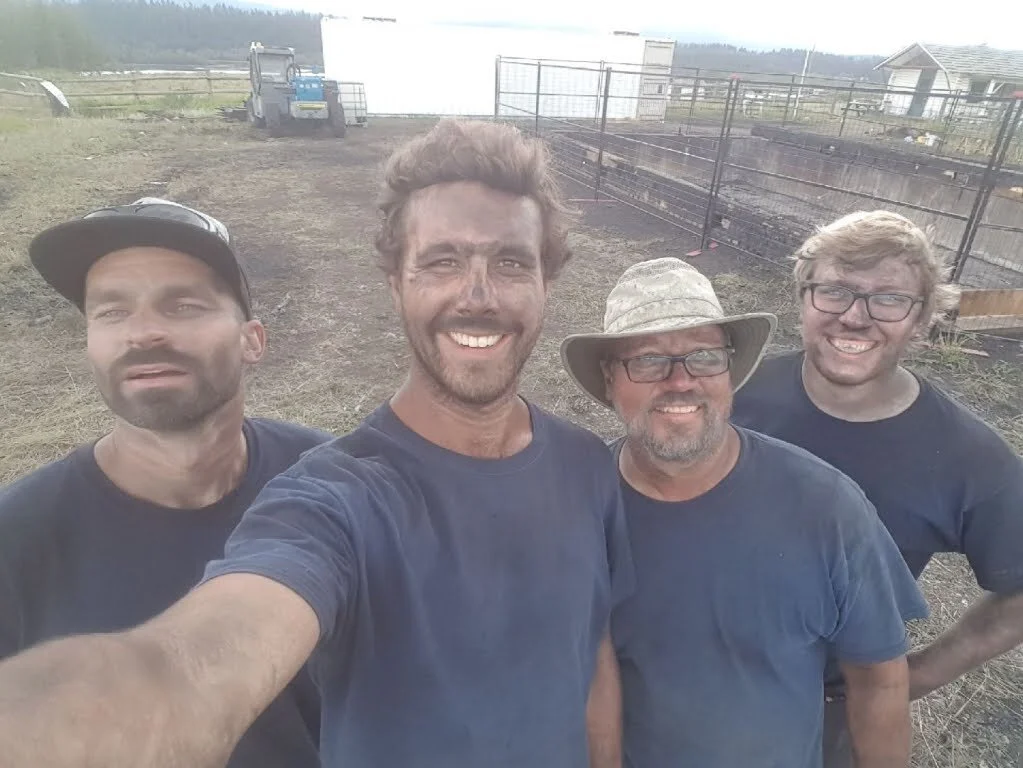
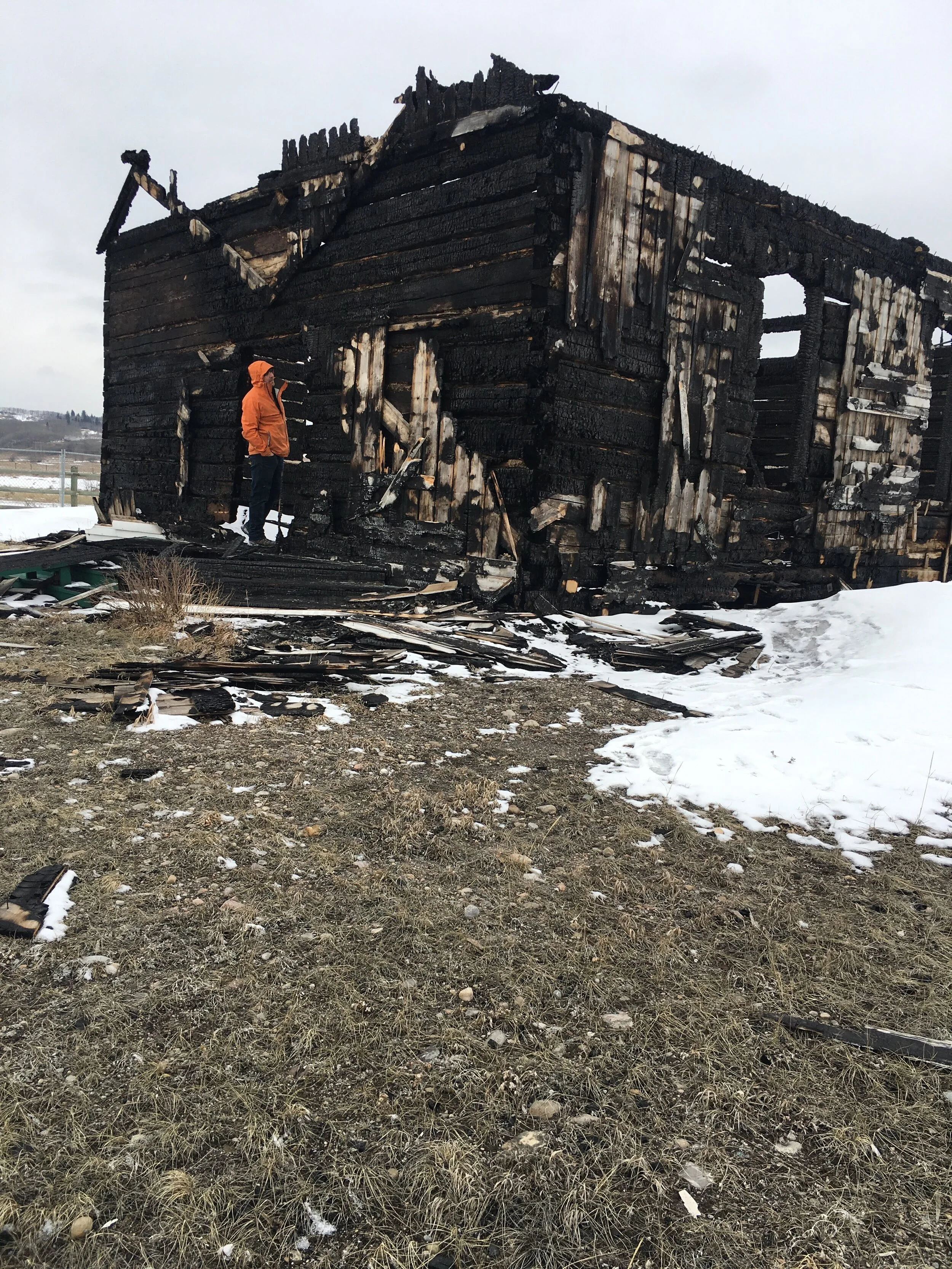
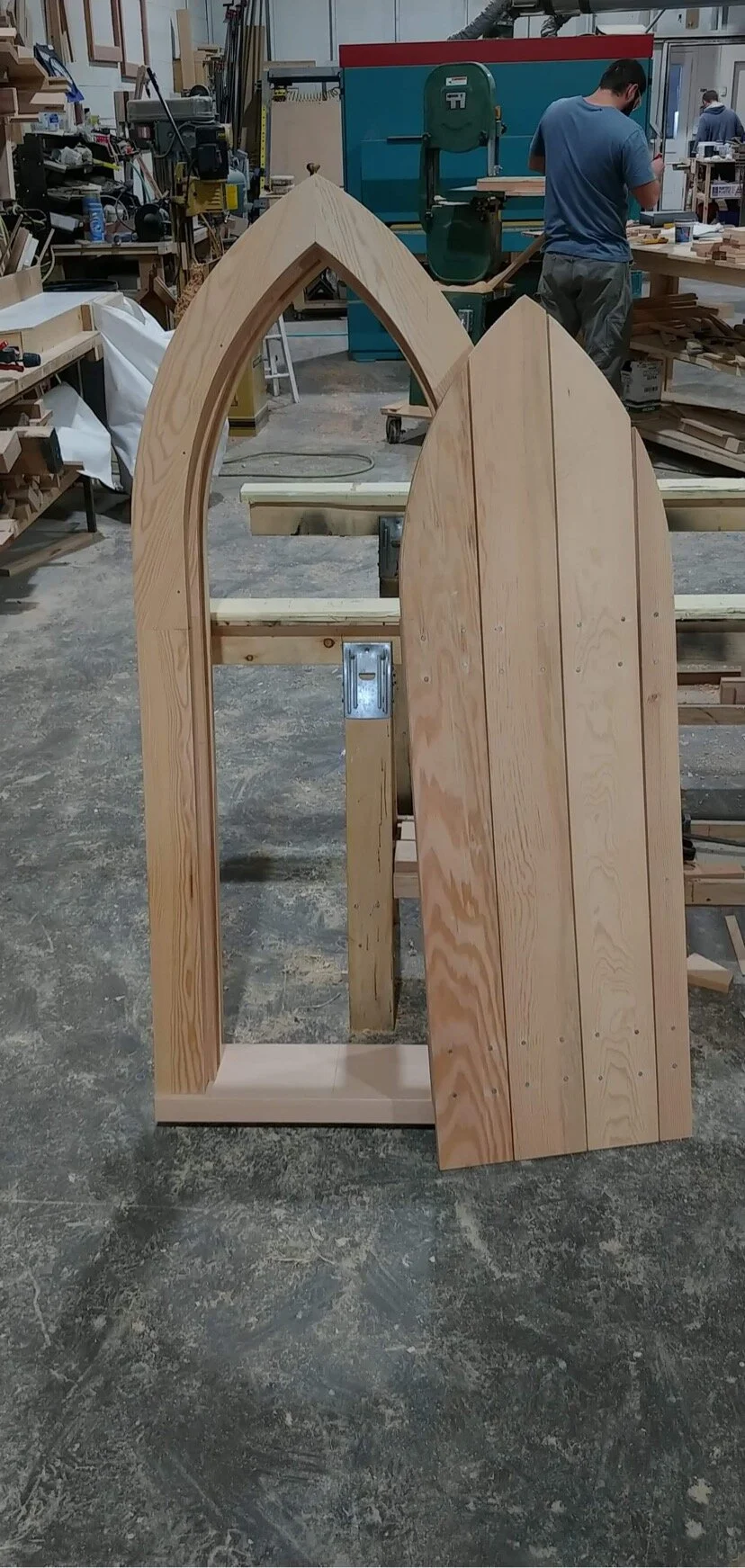
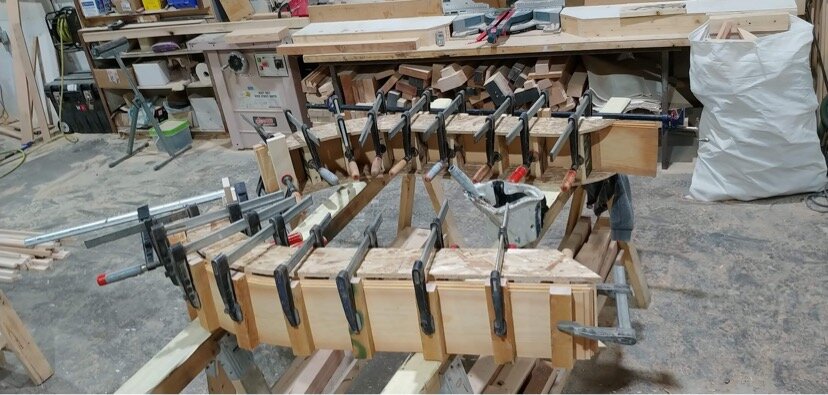
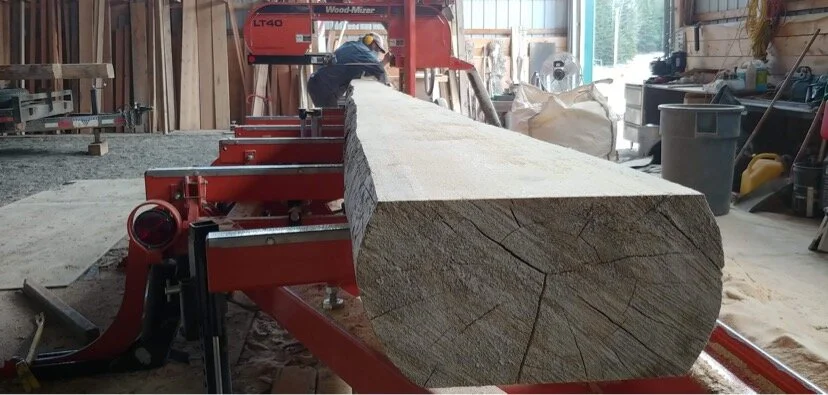
Rouleau House
Built 1885 in the Queen Anne Free Classic style, Rouleau House is the oldest surviving building in Calgary’s historic Mission district. Originally built in 1885 for businessman, Edwin R. Rogers, the house was bought by Dr. Edouard Rouleau in 1887, and had ever since lived in the vicinity until forced to relocate by the Canadian Northern Railway’s new right-of-way to downtown. In 1950, the house survived a house fire with some damages, but in 2003 the house faced the threat of demolition. In 2005, The City of Calgary paid for moving the heritage site behind the Alberta Ballet Organization on March 25, 2005 where it sits today. The Rouleau House’s interior and exterior was conserved and restored by CHC in 2021.
LOCATION
Calgary
PROJECT TYPE
Period Restoration/Adaptive Reuse
PRESS
Calgary Heritage Initiative - ROULEAU HOUSE: RESTORATION REVEALED
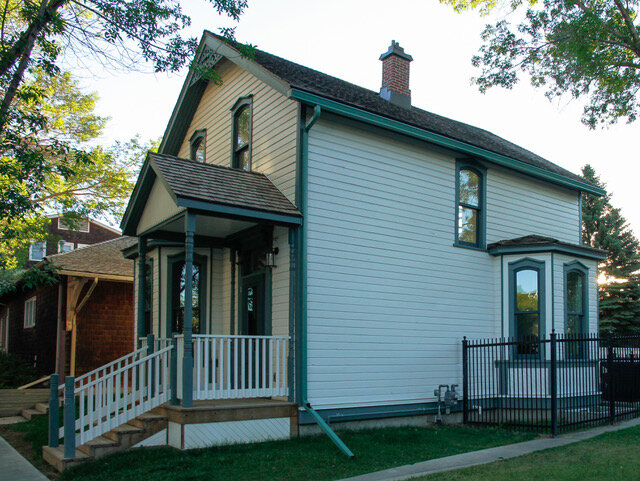
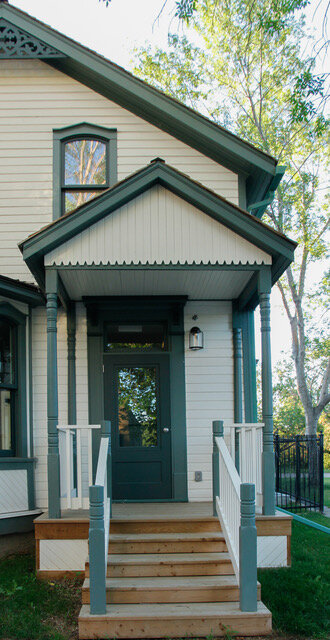
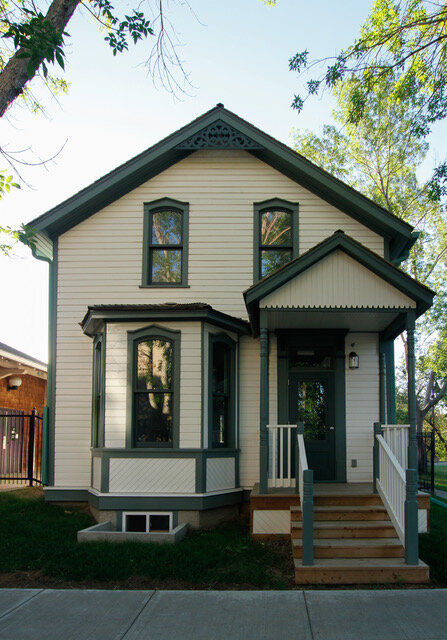
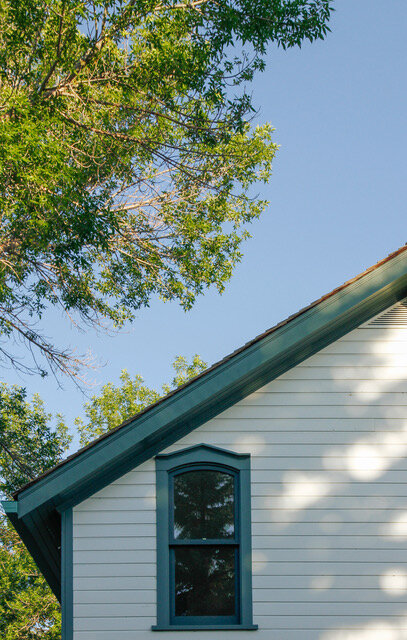

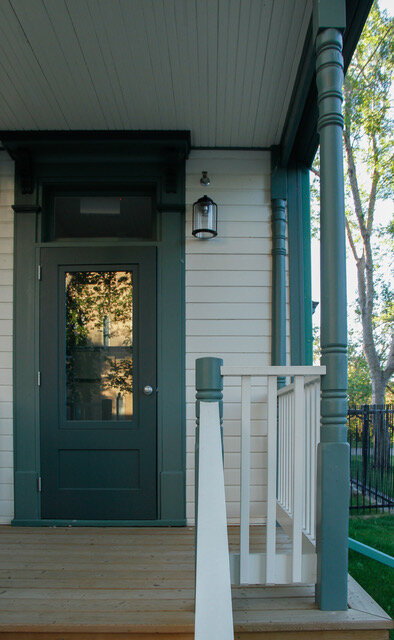
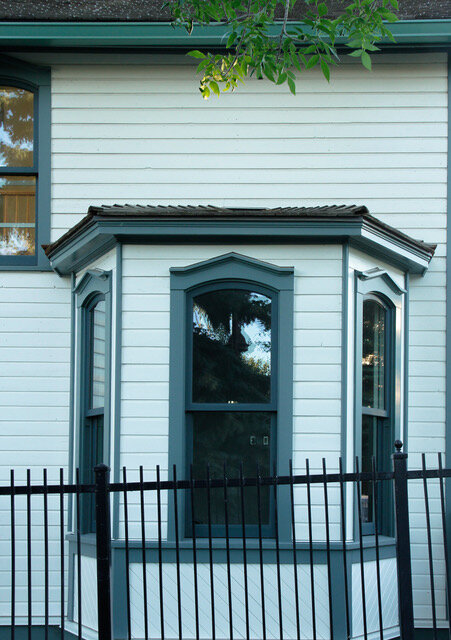
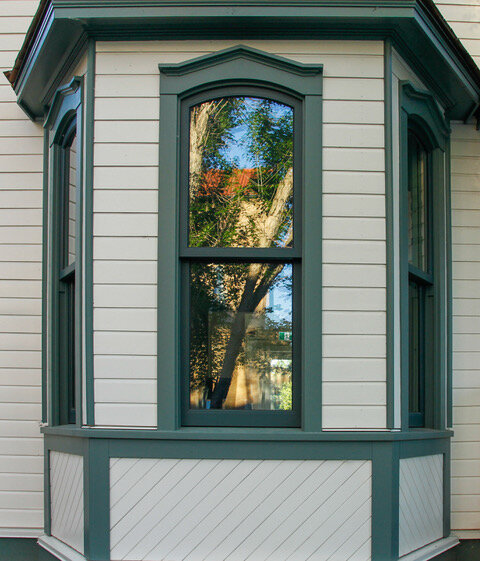


St. Mary’s Water Tower
The Lacombe Home site is a collection of structures situated on approximately 15.6 hectares in Calgary's Fish Creek Park/Midnapore community. Extant structures on the site include a brick laundry and frame shed, both built circa 1910, a heavy-timber water tower and a brick carpenter's shop, both built circa 1920, and a 1927 brick heating plant.
Tragically, the Lacombe Home was destroyed by fire in 1999. Nonetheless, several significant ancillary structures associated with the home still exist, including a brick laundry, frame shed, unusual heavy-timber water tower, brick carpenter's shop, and a brick heating plant. The water tower possesses particular significance for its prominent verticality, marking it as an important landmark in the area. The collection is an excellent - and perhaps the only extant - example of such an early institutional complex.
LOCATION
Calgary
PROJECT TYPE
Adaptive Reuse
Interior Restoration
PRESS
Parker: Historic water tower at St. Mary's University converted to art gallery


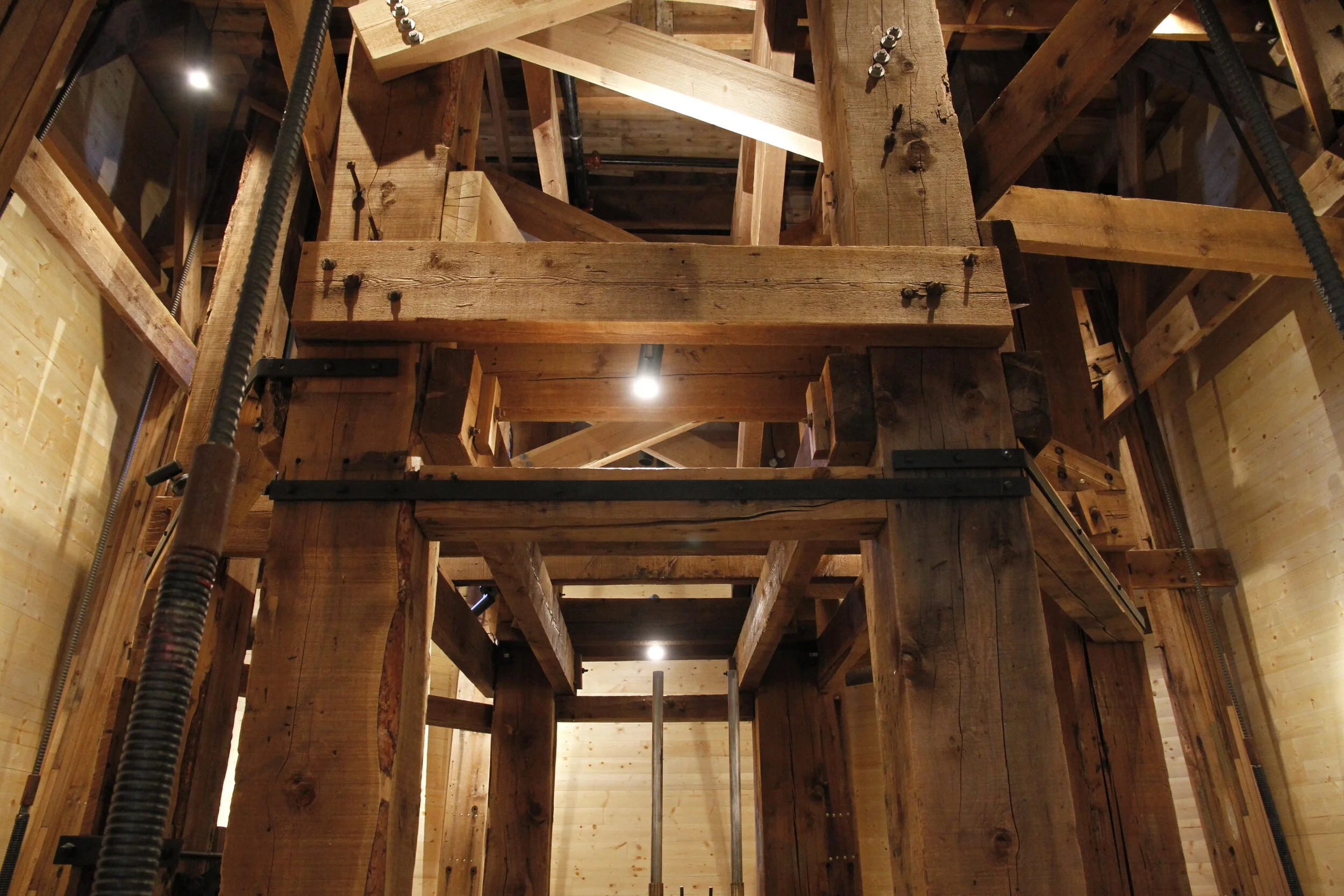
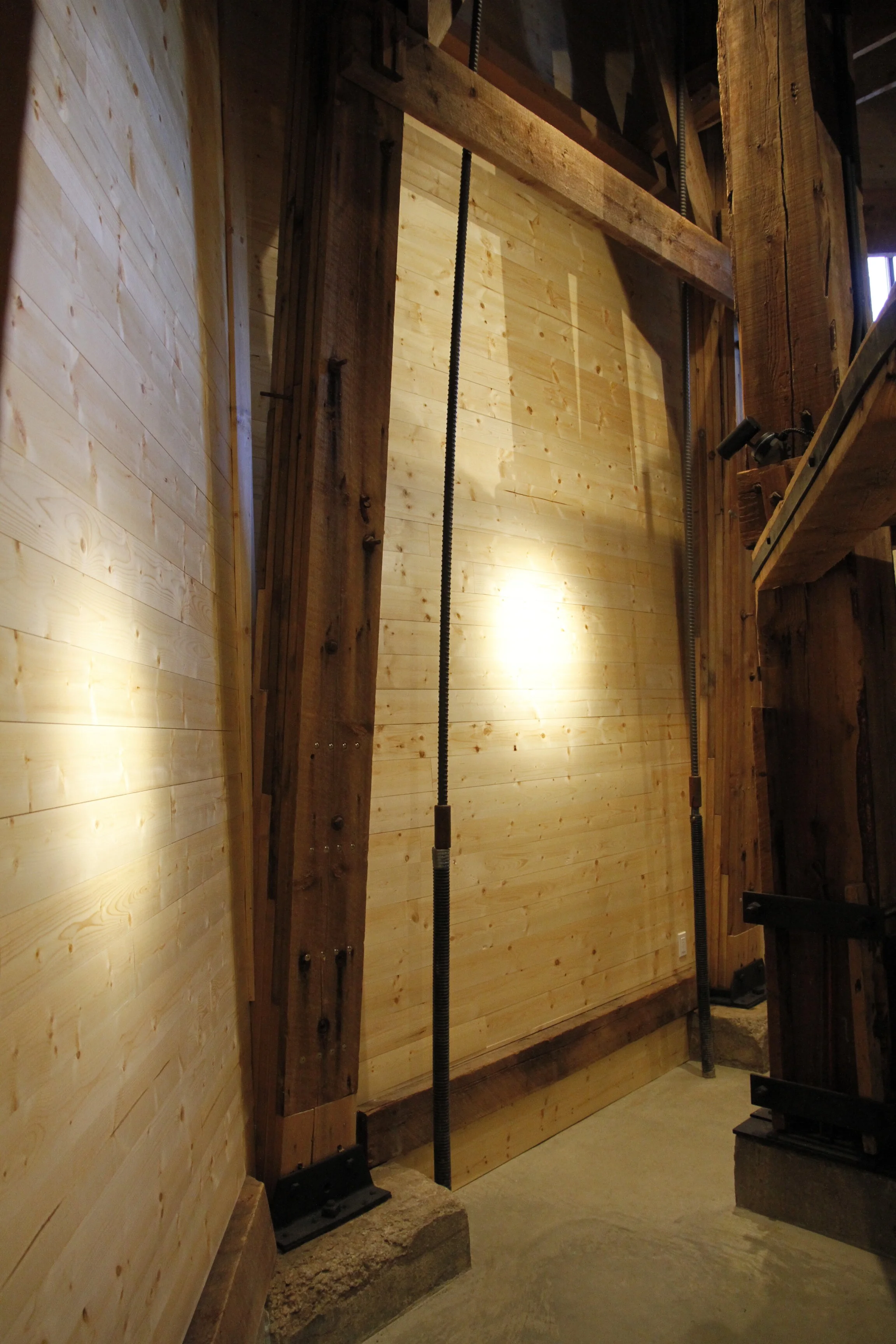

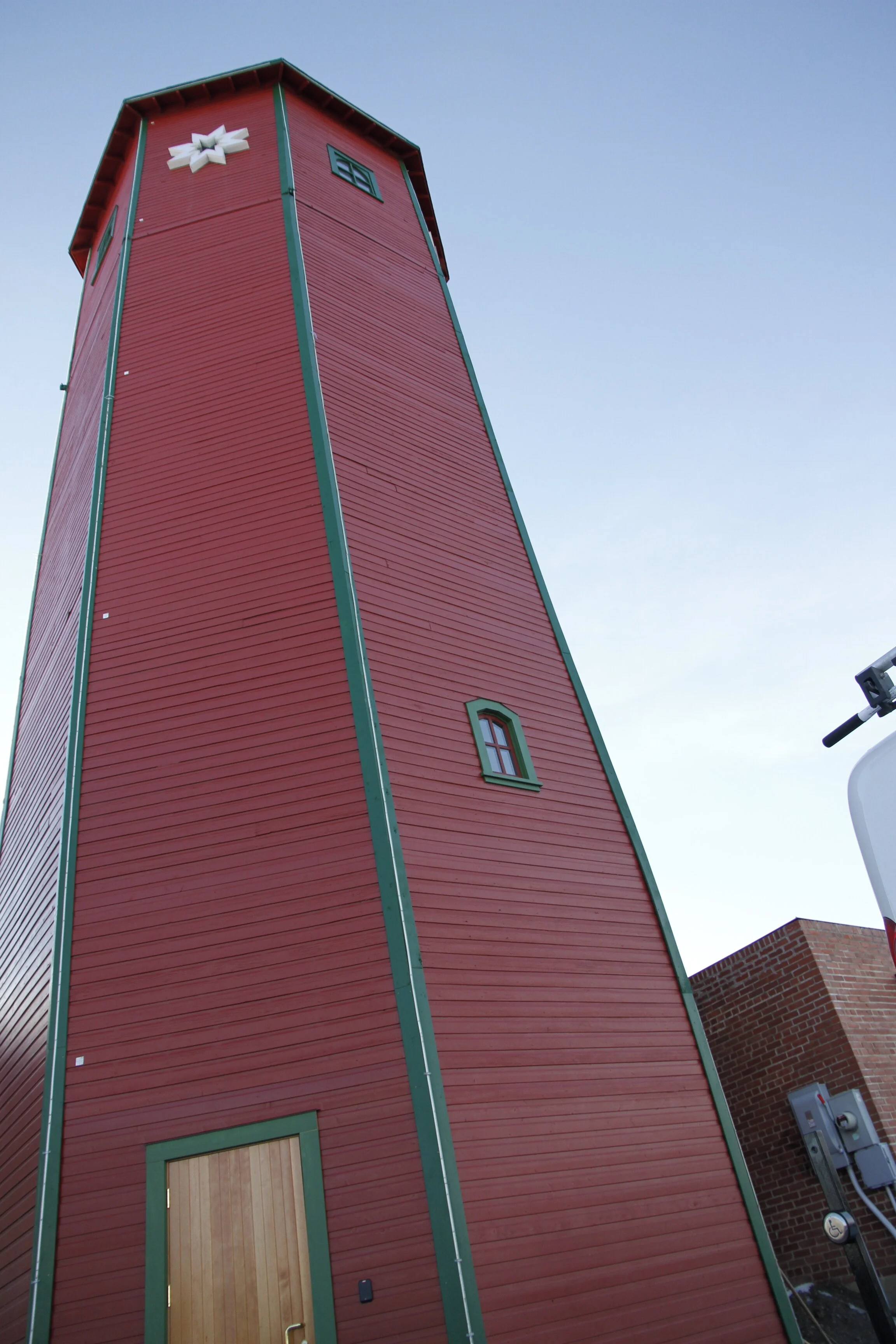

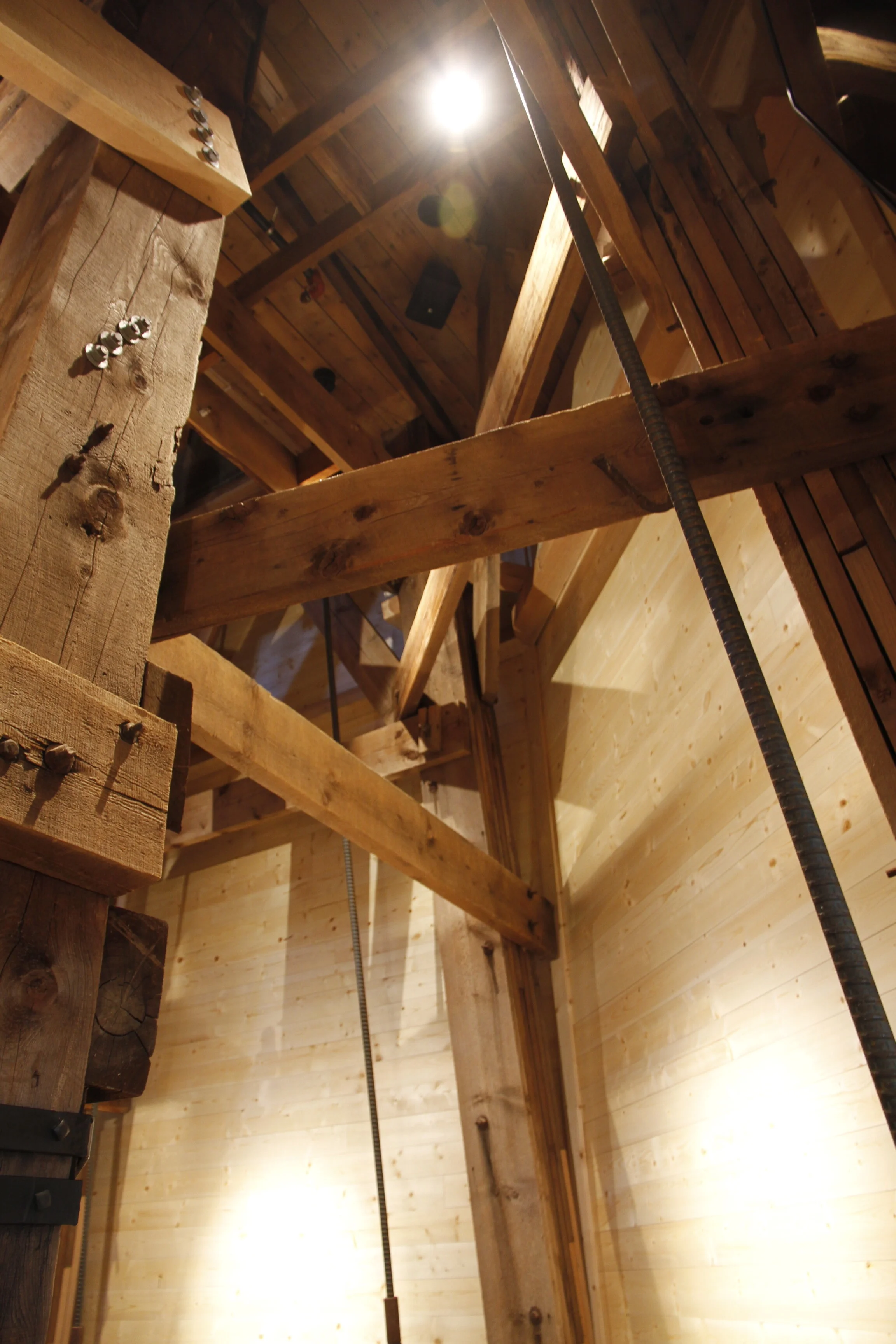
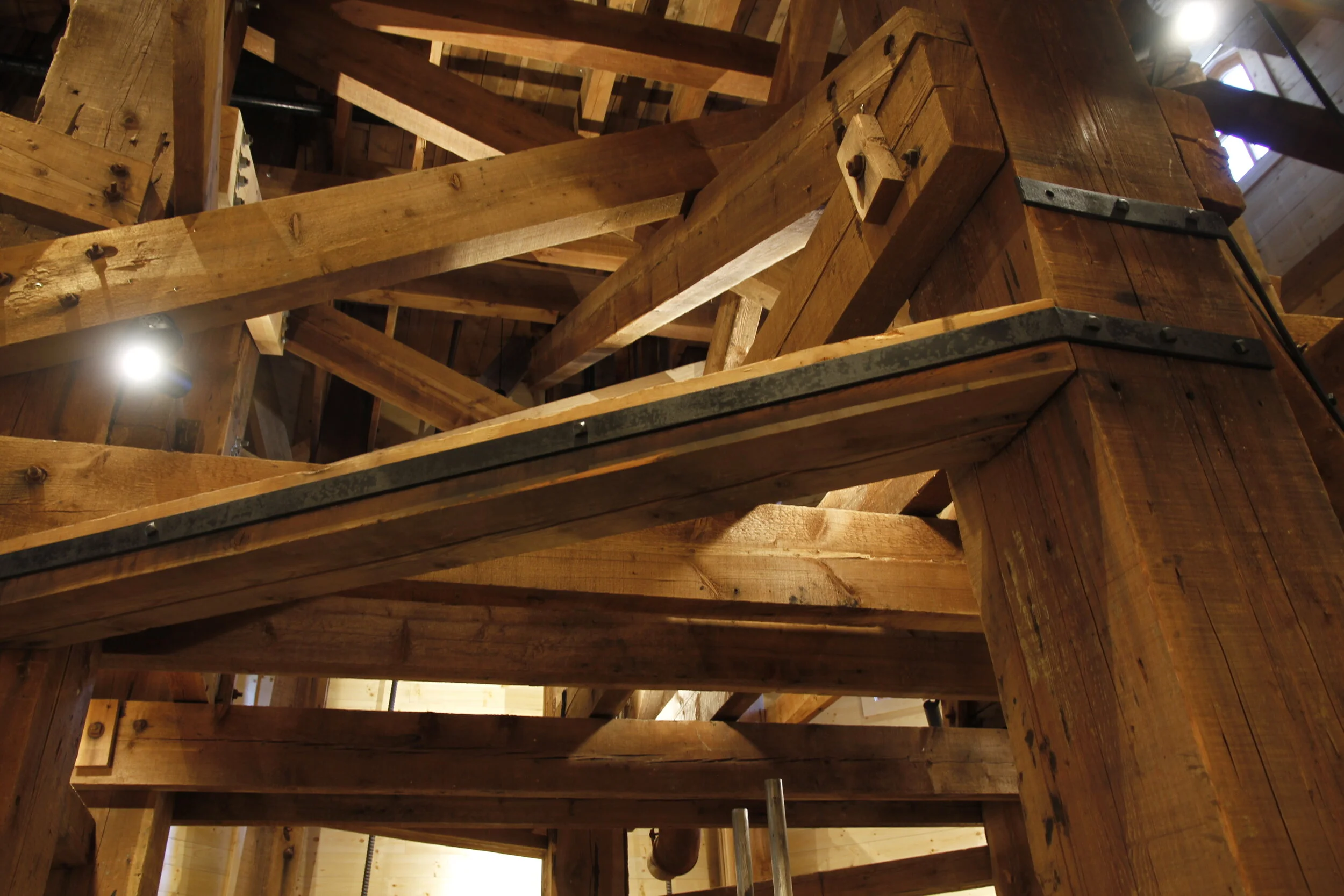
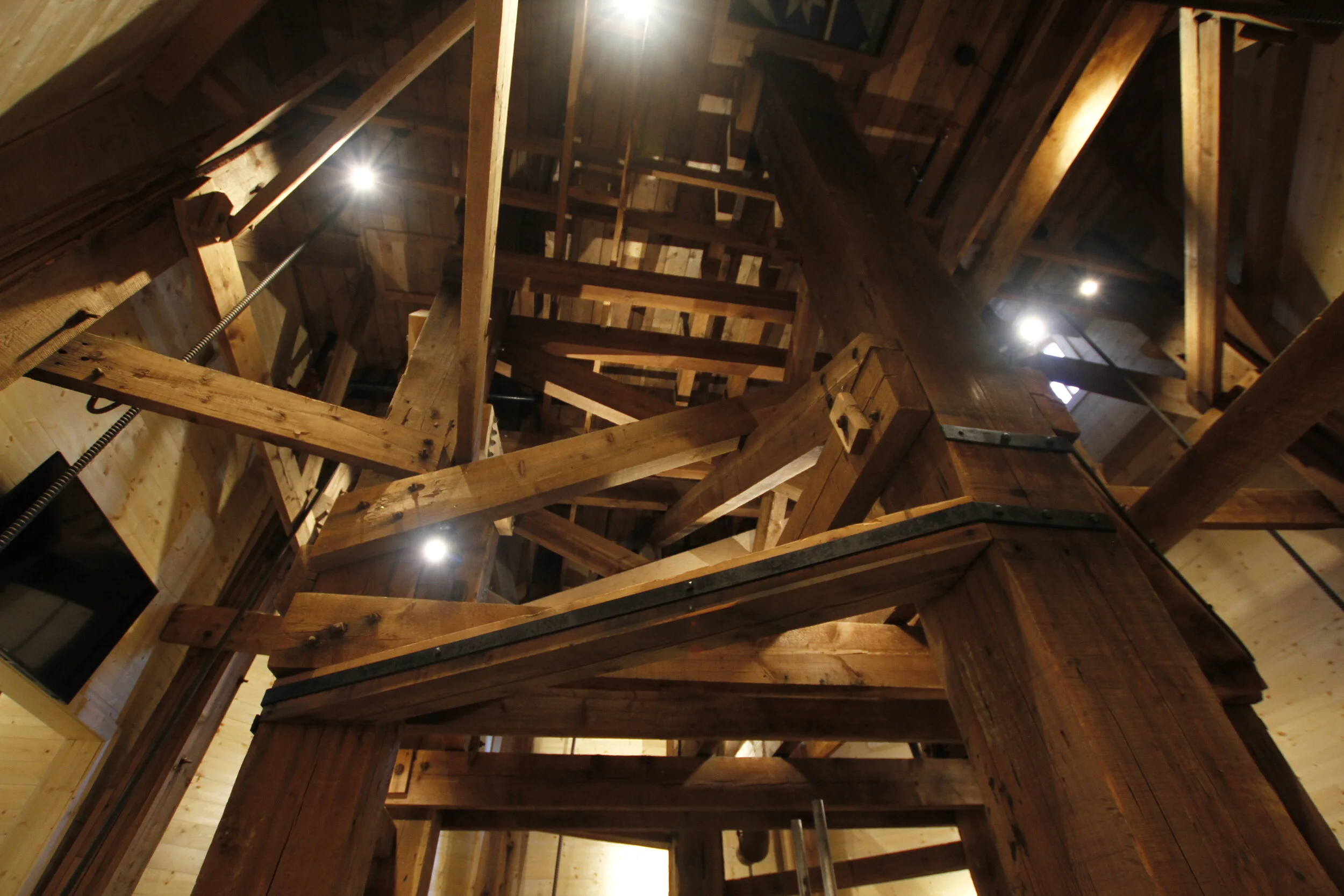
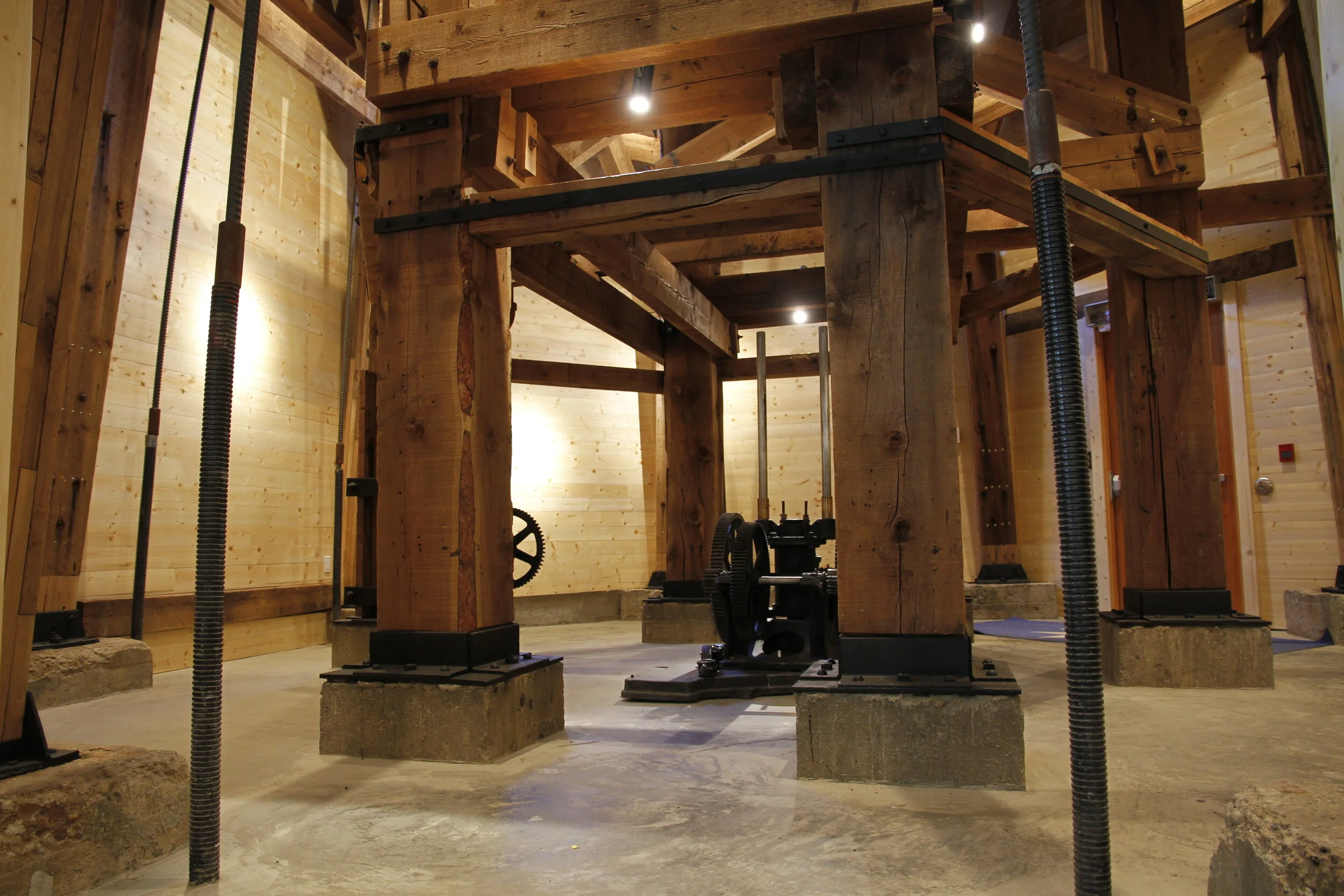
Historic Holy Angels School
Built in 1920 in the historic inner-city community of Cliff Bungalow, this iconic, red-brick school house has been a hub of educational activity for 89 years. Cliff Bungalow School (as it was originally named), was constructed in response to the rapid growth of Calgary in the early 1900s, particularly the Cliff Bungalow Community, which housed many Canadian Pacific Railway workers because of its proximity to the rail yards. Although the school was built with the intention of eventually being converted into housing, the building to this day has an educational purpose, housing the Montessori School of Calgary and the Cliff Bungalow-Mission Community Association.
LOCATION
Calgary
PROJECT TYPE
Exterior Restoration
Window + Door Restoration








